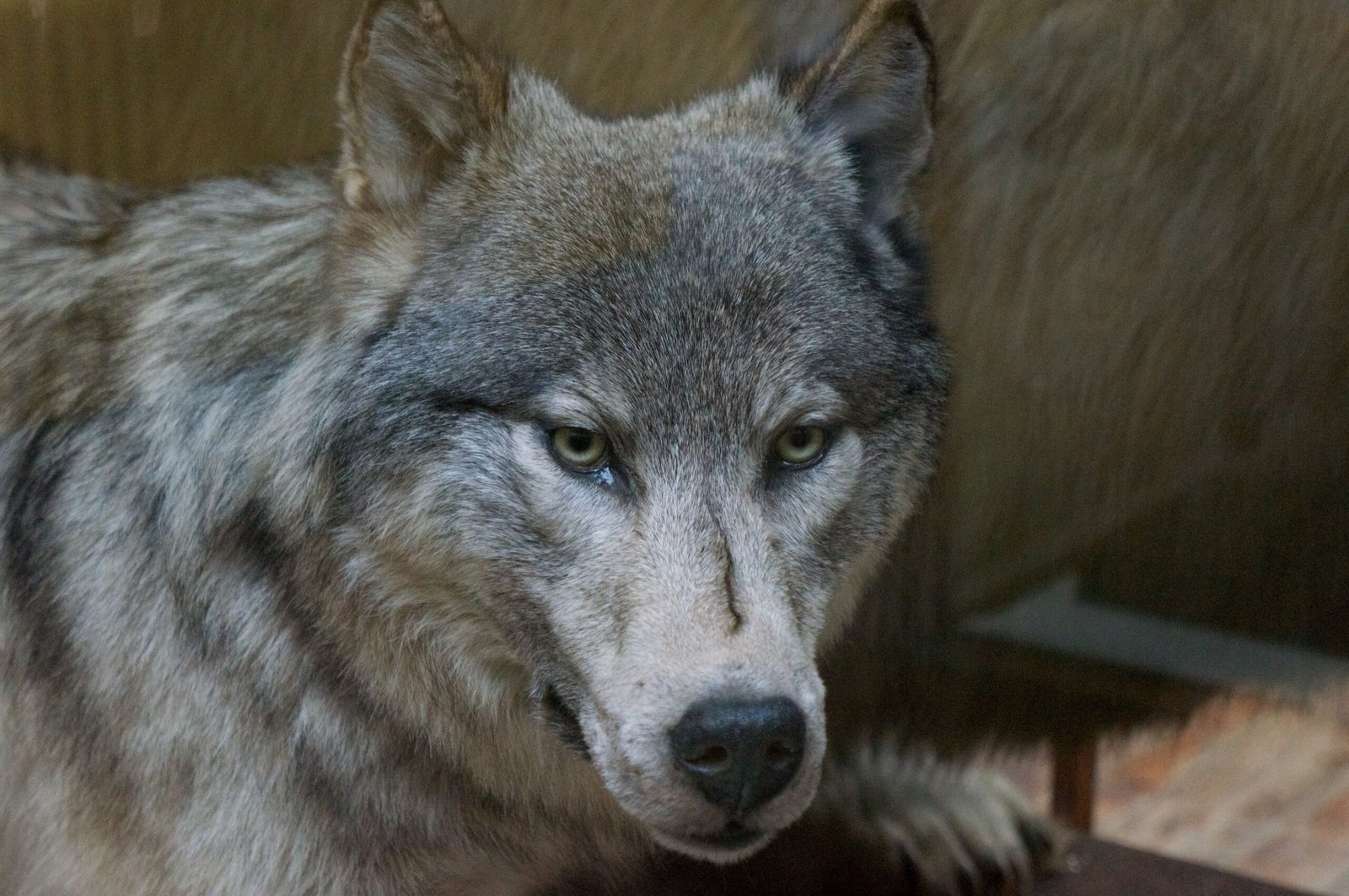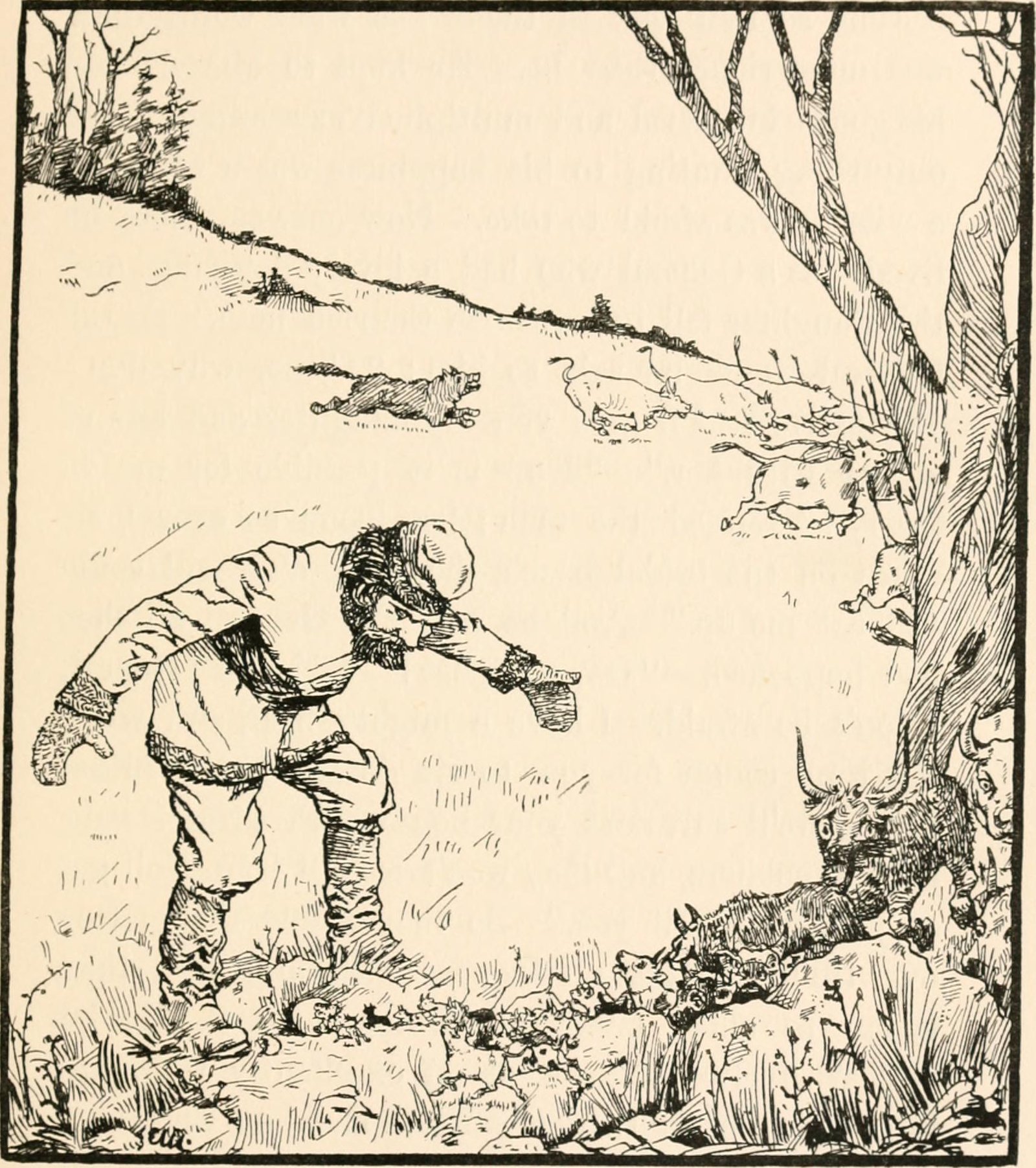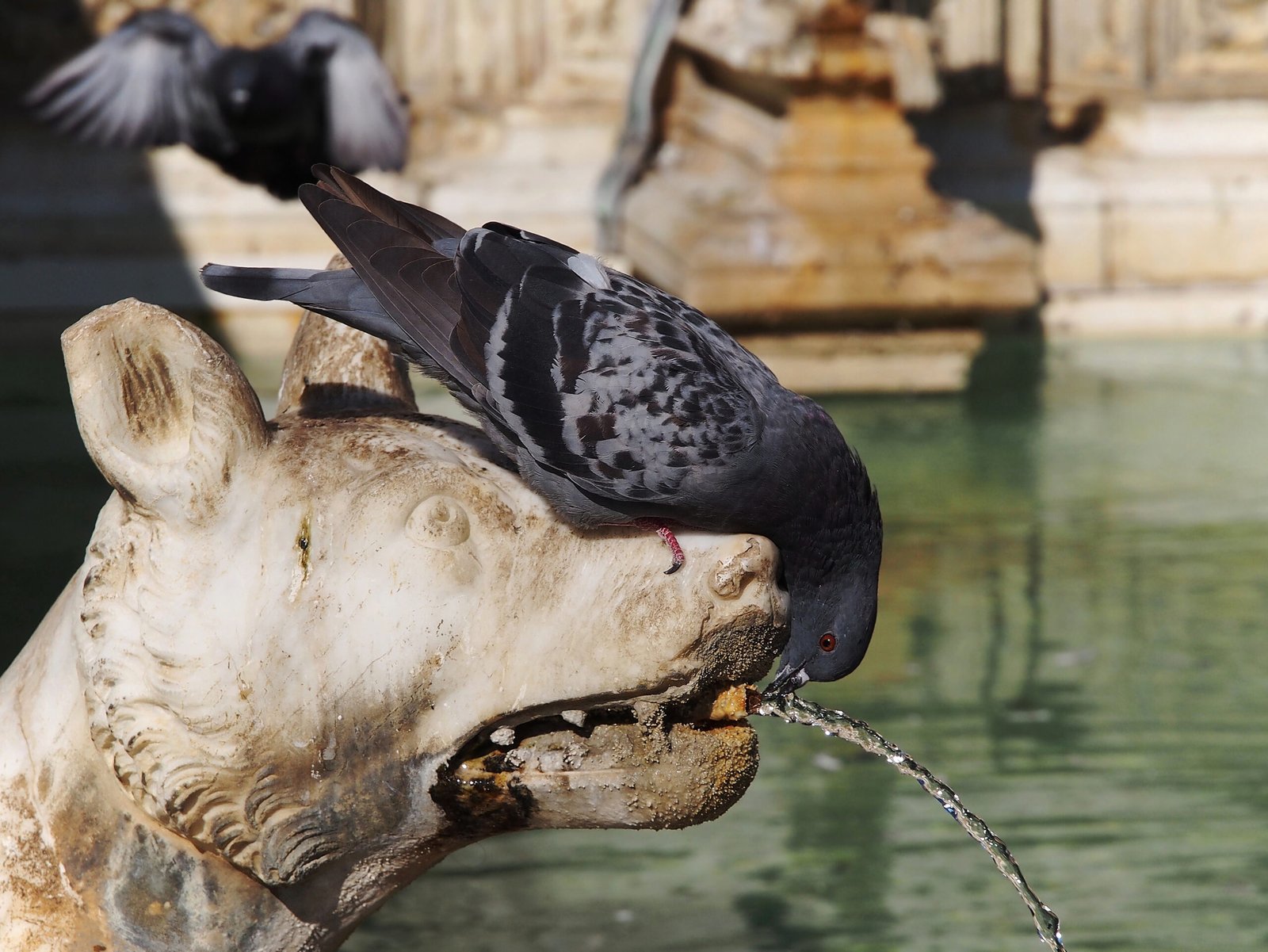On windswept Irish nights, when the moon hangs low and mist curls through the trees, some say you can still hear the echo of a distant howl—an ancient cry from a vanished world. Ireland’s wolves once roamed the emerald hills and shadowy forests, powerful and mysterious, both feared and revered by those who shared the land with them. Their stories are stitched into the country’s heart, woven through legend, song, and whispered warnings. What happened to these magnificent creatures, and what secrets did they leave behind in the folklore that still shapes Irish imagination today?
The Arrival of Wolves in Ireland
Long before modern civilization took root, wolves made their way to Ireland. These predators crossed ancient land bridges during the last Ice Age, following the retreating glaciers as they searched for new territories rich in prey. They found a wild land filled with red deer, wild boar, and other animals, providing a perfect hunting ground. Over thousands of years, these wolves adapted to Ireland’s changing landscapes, becoming a vital part of its untamed ecosystem. Their arrival marked the beginning of a powerful relationship between humans and wolves, one that would shape both natural and cultural history for generations.
Wolves in Celtic Mythology
In the world of the ancient Celts, wolves had a special place. They were seen not just as animals, but as magical beings—sometimes guides, sometimes guardians, and often dangerous opponents. Celtic warriors admired the wolf’s strength and cunning, even naming clans and heroes after them. Some legends told of warriors who could transform into wolves, blurring the line between man and beast. The wolf became a symbol of the wild, untamed spirit of Ireland itself, a creature to be respected—and sometimes feared.
The Irish Wolfhound: Born from Legend

The Irish wolfhound is more than just a dog; it’s a living echo of the island’s wolf-haunted past. Originally bred to hunt wolves, these gentle giants became legends in their own right. Towering over most other dogs, the wolfhound combined strength, speed, and loyalty. Ancient poets wrote of their bravery, and kings prized them as both hunters and companions. Even after wolves vanished, the wolfhound remained a symbol of Ireland’s wild heritage—a reminder of the battles fought between man and wolf.
Wolves as Symbols of Wilderness
For centuries, the wolf embodied Ireland’s untamed nature. Their presence in forests and mountains was a reminder that parts of the land remained beyond human control. Wolves symbolized freedom, mystery, and the unpredictable power of the wild. Farmers and villagers both respected and feared them, knowing that the howl of a wolf meant the boundaries between human and wilderness were thin. In stories and songs, the wolf often represented forces that could not be tamed, echoes of an older, wilder world.
Encounters Between Humans and Wolves
The relationship between people and wolves in Ireland was complex—sometimes respectful, sometimes deadly. Shepherds and farmers often saw wolves as threats to their livestock. Yet, there were tales of wolves guiding lost travelers or sparing the lives of children. Some families believed they had “wolf charms” that kept their homes safe from attack. These encounters shaped folklore, and every region developed its own stories about how to live alongside—or defend against—these elusive predators.
The Wolf in Irish Language and Place Names

The Irish language preserves traces of the wolf’s presence in words and place names across the country. The word “mac tíre,” meaning “son of the land,” is the Irish term for a wolf. Villages and towns like “Gleann an Mhadaidh” (Valley of the Wolf) still carry the memory of these animals in their names. These linguistic footprints remind us that wolves were once a familiar part of daily life, their legacy woven into the very geography of Ireland.
Wolves in Irish Fairy Tales

Irish fairy tales are filled with wolves—sometimes as villains, sometimes as protectors. In one famous story, a wolf saves a baby from danger, while in another, a wolf tricks a foolish traveler. These stories served as warnings and lessons for children, teaching them to respect the dangers of the wild while also recognizing the wolf’s intelligence and loyalty. The magical wolf became a character both feared and admired, a creature who could shift between worlds.
The Bánríon na gCon: The Queen of Wolves
Some Irish legends speak of the Bánríon na gCon, or the Queen of Wolves—a mystical figure who commands the wolves of the forests. She is said to appear in times of trouble, leading her pack with wisdom and power. Some believe she represents the spirit of the land itself, protecting the wild places from harm. Stories of the Queen of Wolves blend myth, nature, and the enduring fascination with these mysterious animals.
Wolves and the Changing Irish Landscape
As Ireland’s forests gave way to farmland and villages, the wolves’ world began to shrink. Settlers cut down trees and drained wetlands, leaving less space for wild animals to roam. The growing human population saw wolves less as mystical creatures and more as threats to their way of life. The wolf’s decline mirrored the vanishing of the wild places they called home, signaling a shift in the country’s relationship with nature.
The End of the Irish Wolf
By the end of the 18th century, the last wolves in Ireland had disappeared. Bounties were placed on their heads, and organized hunts drove them from even the most remote forests. The death of the final Irish wolf was a sad milestone—a loss not just for nature, but for the nation’s collective imagination. With their passing, a piece of Ireland’s wild soul seemed to vanish, leaving only stories and memories behind.
Folklore After the Wolves
Even after wolves were gone, their presence lingered in Irish folklore. People remembered the “last wolf,” and stories of ghostly wolves haunting the countryside became common. Some believed that wolves would return in times of great need, rising from the earth to protect the land. These tales kept the spirit of the wolf alive, reminding each new generation that Ireland’s wild past was never truly gone.
Wolves as Guardians and Guides
In many Irish stories, wolves appear as guardians and guides, leading heroes through danger or showing them the path home. This theme speaks to a deeper understanding of the wolf’s role—not just as a threat, but as a fellow traveler on the journey through life’s wild places. The idea of the wolf as a guide persists today, found in modern stories and even tattoos, as people look for strength and wisdom in the animal’s enduring image.
The Wolf’s Place in Modern Irish Culture

Though real wolves are long gone from Ireland, their spirit lives on in art, literature, and popular culture. From children’s books to blockbuster movies, the wolf remains a powerful symbol. Festivals and reenactments sometimes feature wolf costumes, and artists create sculptures and paintings that capture the animal’s wild beauty. The wolf’s image reminds people of what has been lost, and what might still be reclaimed in the future.
The Science of Ireland’s Wolves
Recent scientific studies have given us new insights into Ireland’s ancient wolves. DNA analysis of wolf bones found in Irish caves has revealed how these animals adapted to their environment, what they ate, and even how they interacted with humans. Researchers believe Irish wolves were slightly different from their European cousins, shaped by isolation and the island’s unique climate. These discoveries help paint a fuller picture of the lives wolves led, adding depth to the stories handed down through generations.
Could Wolves Return to Ireland?
With rewilding efforts taking hold in parts of Europe, some have wondered if wolves could ever return to Ireland. Supporters argue that bringing wolves back would restore balance to the ecosystem, controlling deer populations and reviving wild landscapes. Others worry about the challenges—habitat loss, public fear, and the realities of modern farming. The debate is passionate, reflecting the deep emotions that wolves still inspire among the Irish people.
Lessons from the Wolves’ Legacy
Ireland’s ancient wolves teach us about living with nature—about respect, caution, and the value of wildness. Their stories remind us that once, humans and animals shared the land in a delicate balance. By listening to these old tales and studying what science reveals, we can better understand our place in the world and the choices we face. The wolf’s legacy continues to shape conversations about conservation, identity, and what it means to be truly wild.
The Enduring Mystery of the Irish Wolf
Despite centuries without wolves, the animal’s shadow still stretches across Ireland’s landscape. Their howls may be silent, but their stories refuse to fade. The wolf remains a creature of mystery and fascination, a symbol of a time when the island’s forests held secrets too wild to tame. As long as people tell stories and dream of wild places, the spirit of Ireland’s ancient wolves will never be forgotten.

Jan loves Wildlife and Animals and is one of the founders of Animals Around The Globe. He holds an MSc in Finance & Economics and is a passionate PADI Open Water Diver. His favorite animals are Mountain Gorillas, Tigers, and Great White Sharks. He lived in South Africa, Germany, the USA, Ireland, Italy, China, and Australia. Before AATG, Jan worked for Google, Axel Springer, BMW and others.



